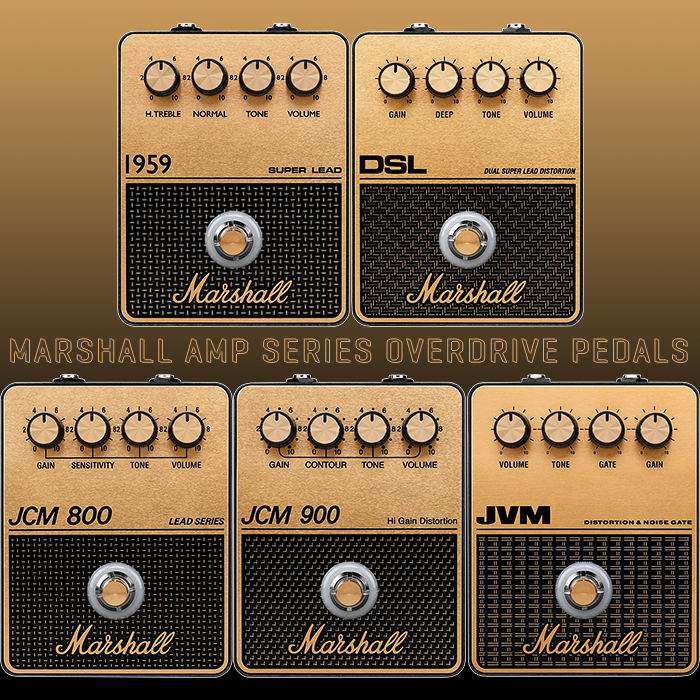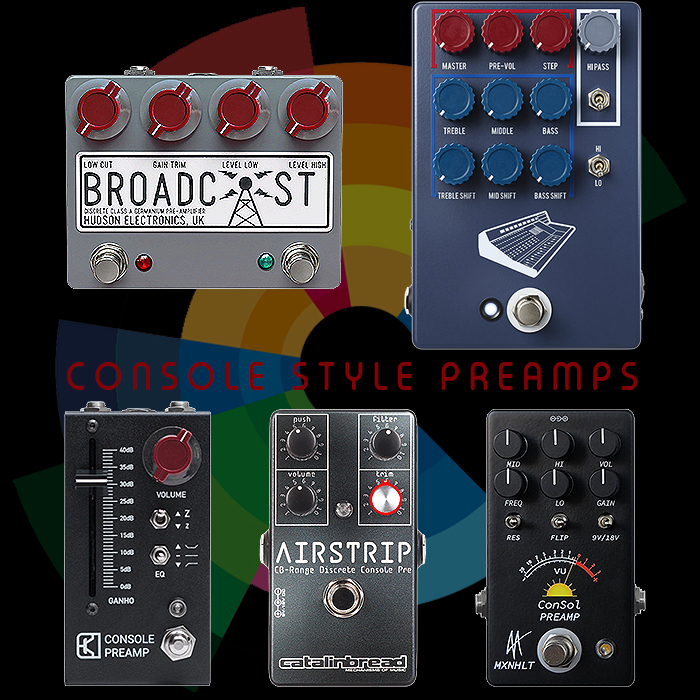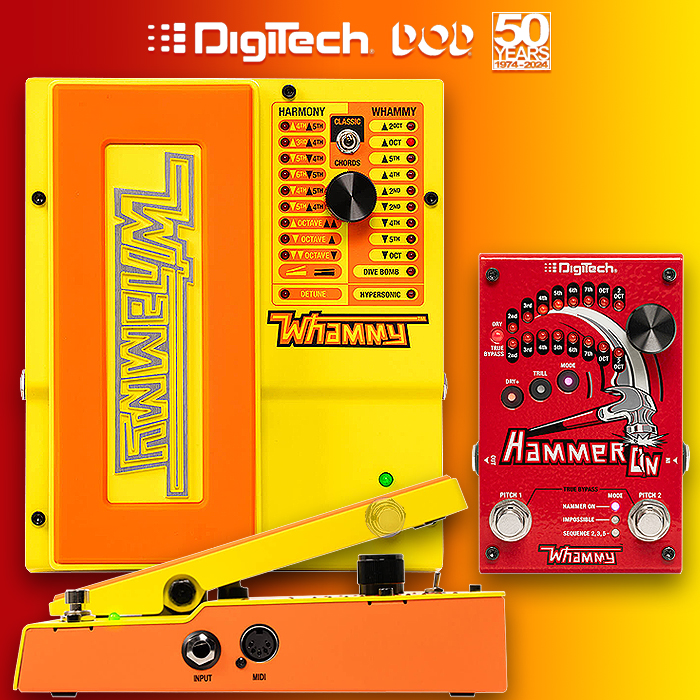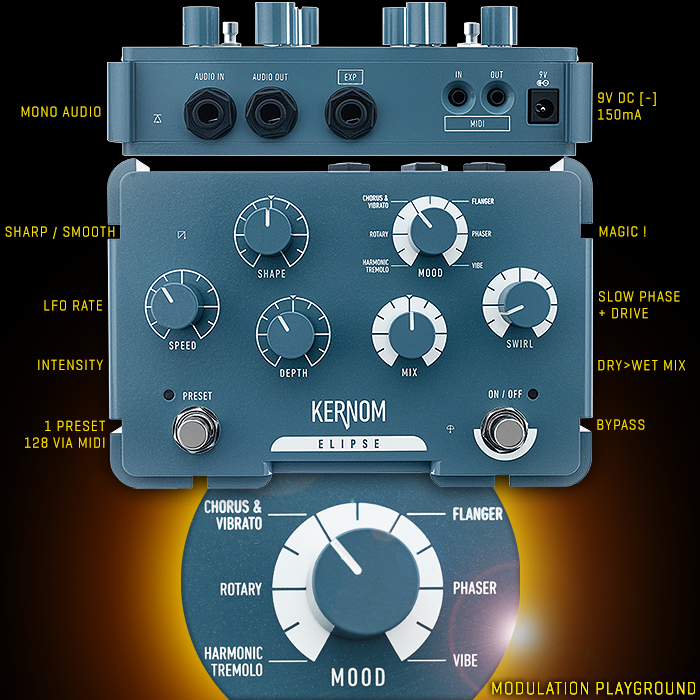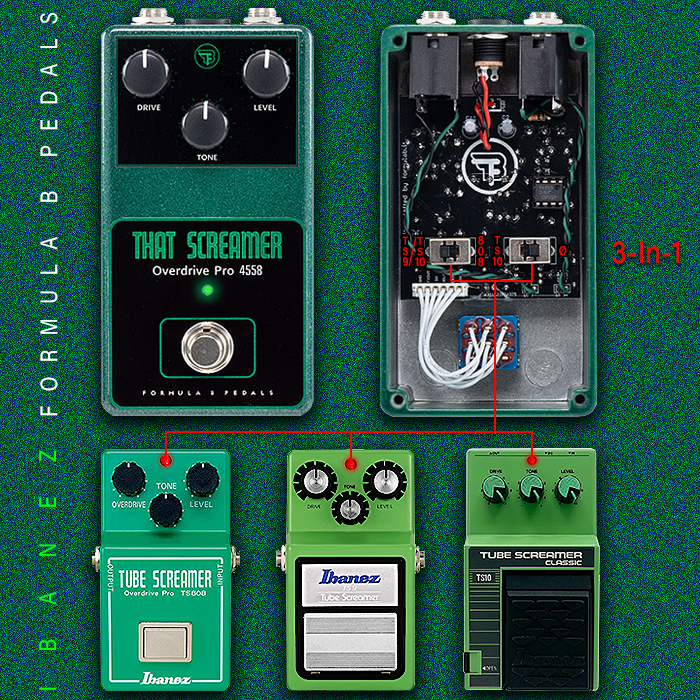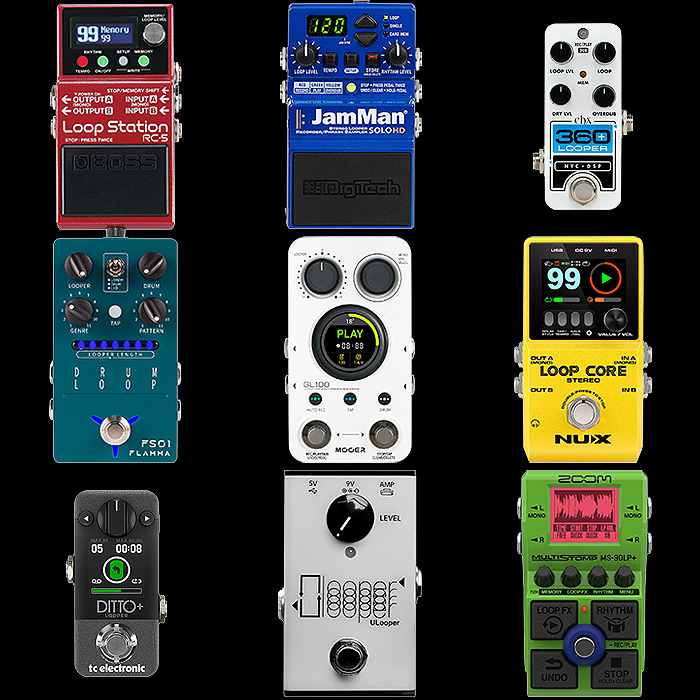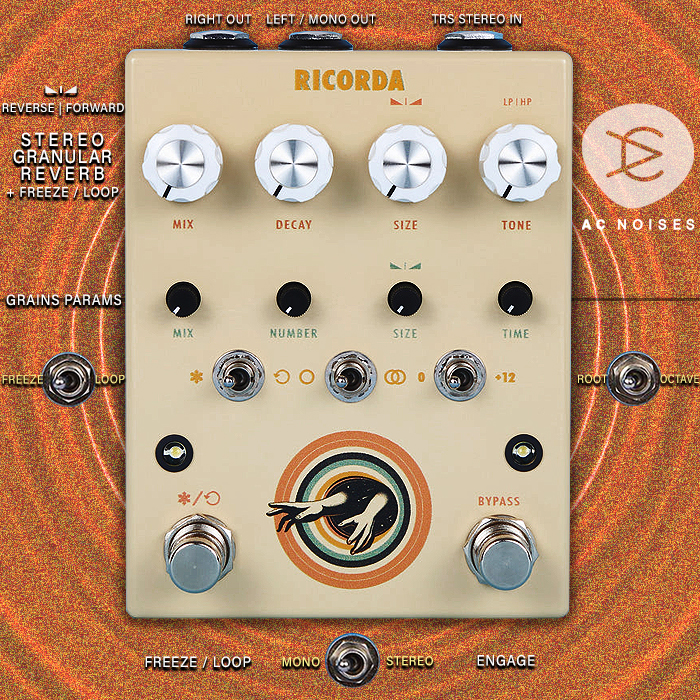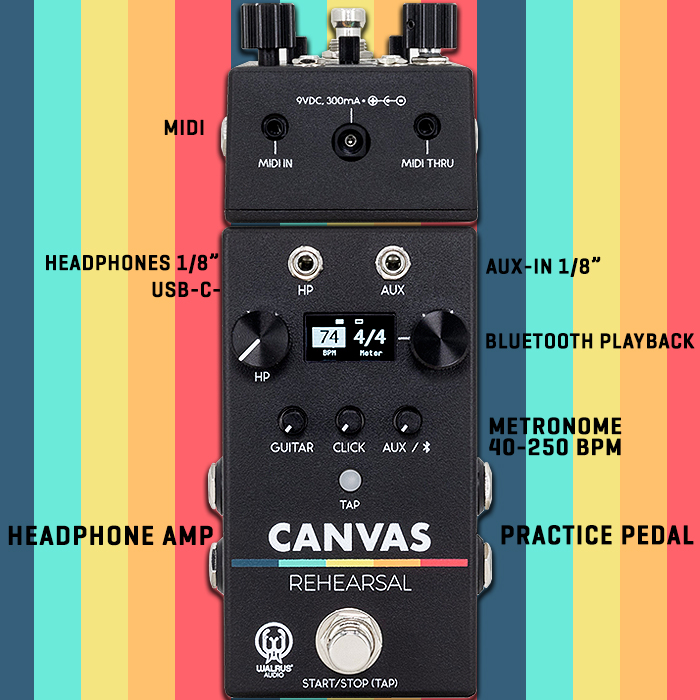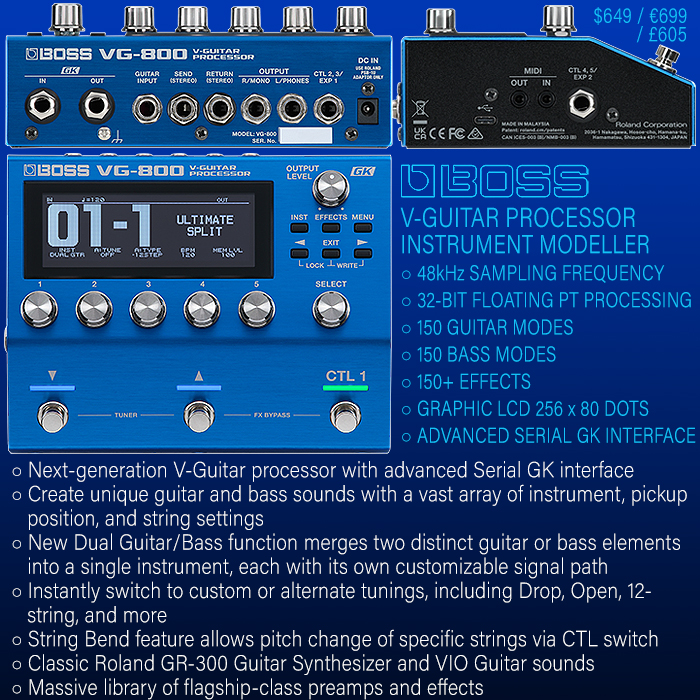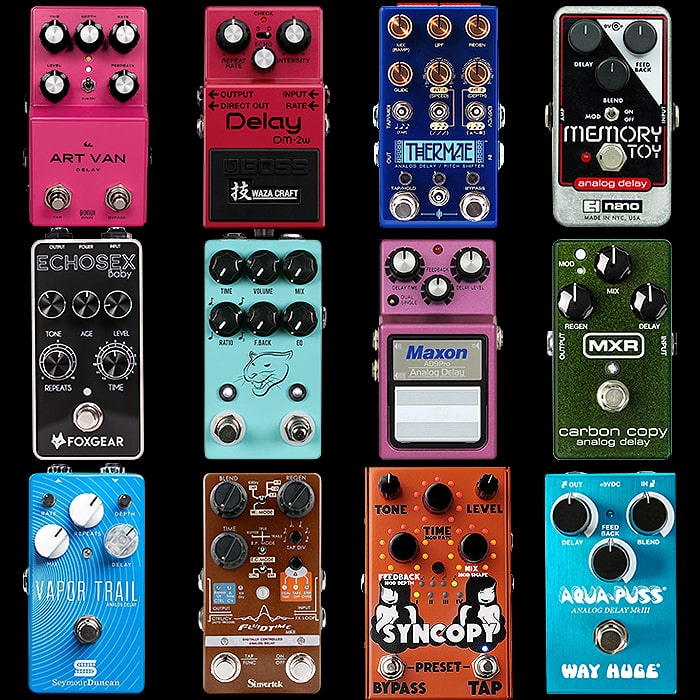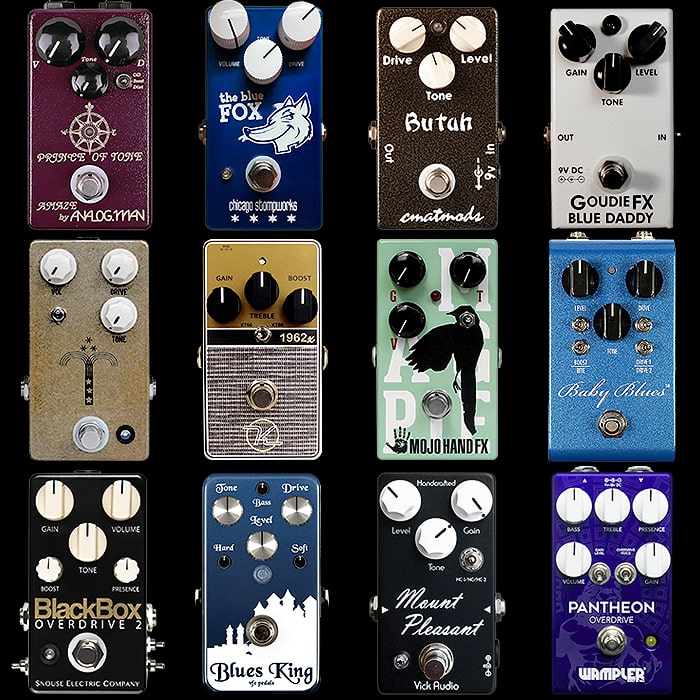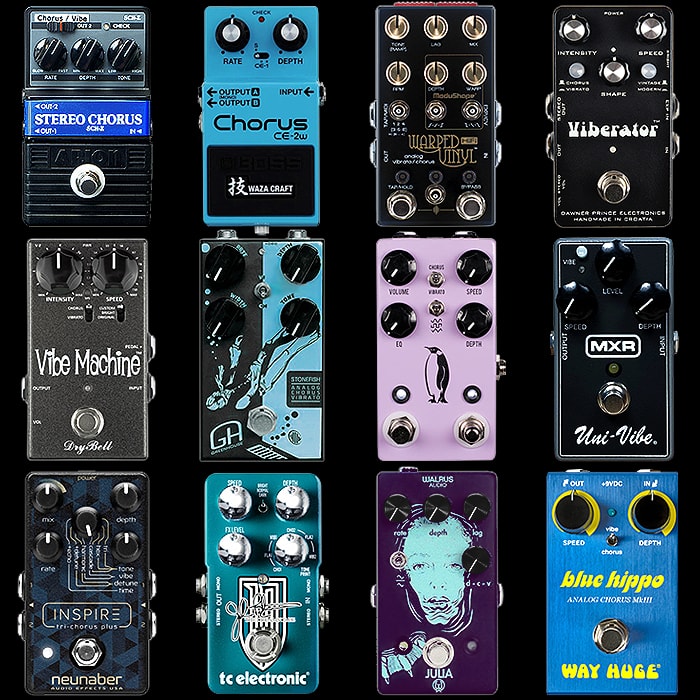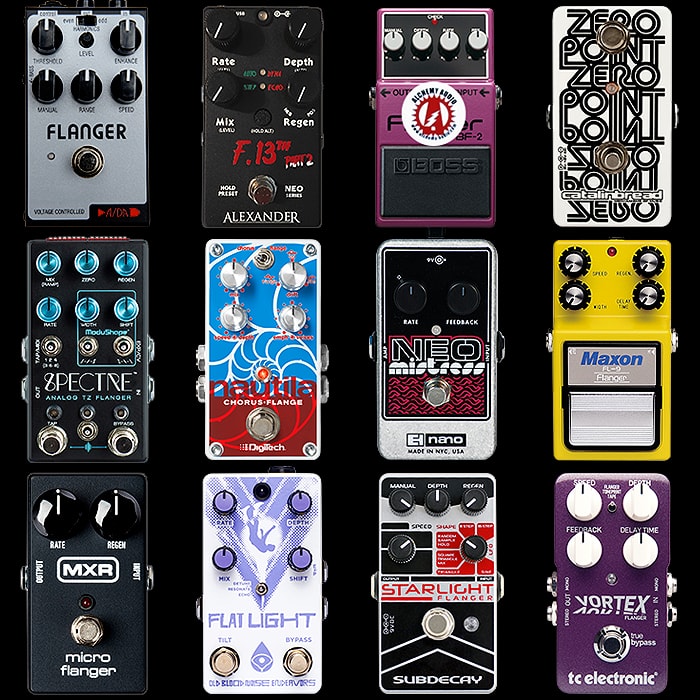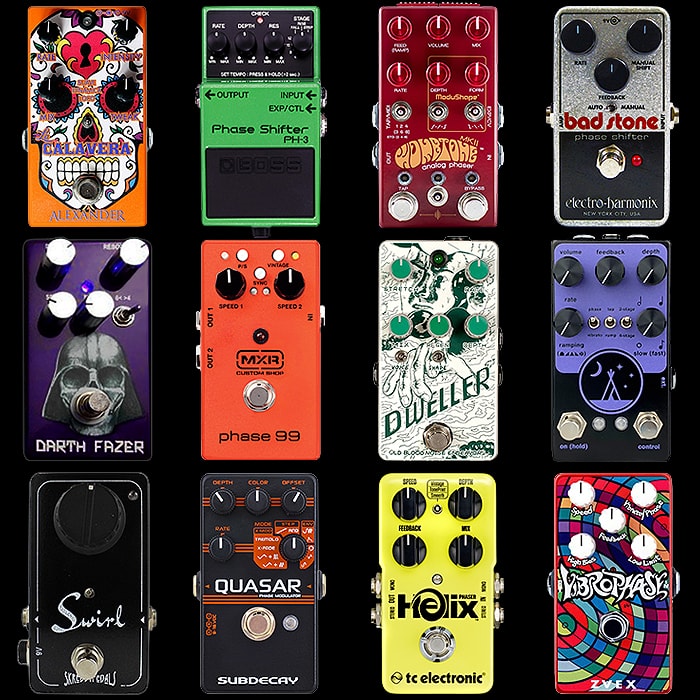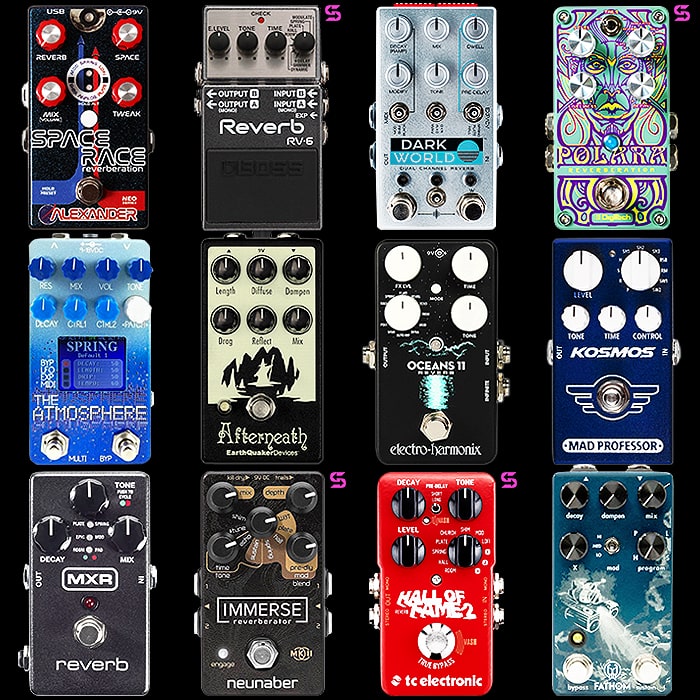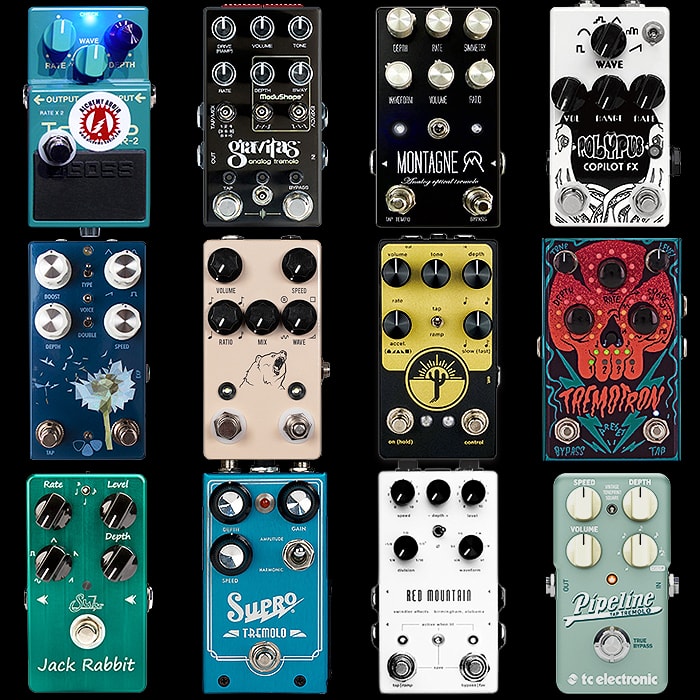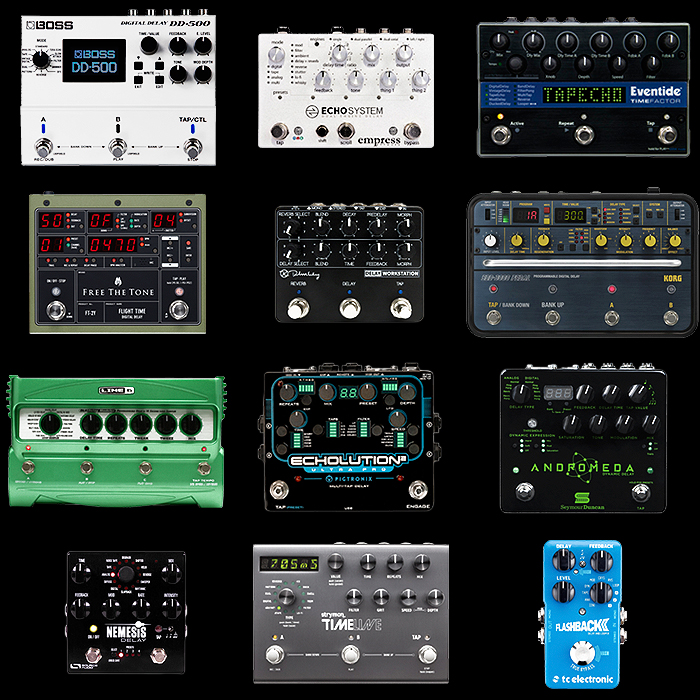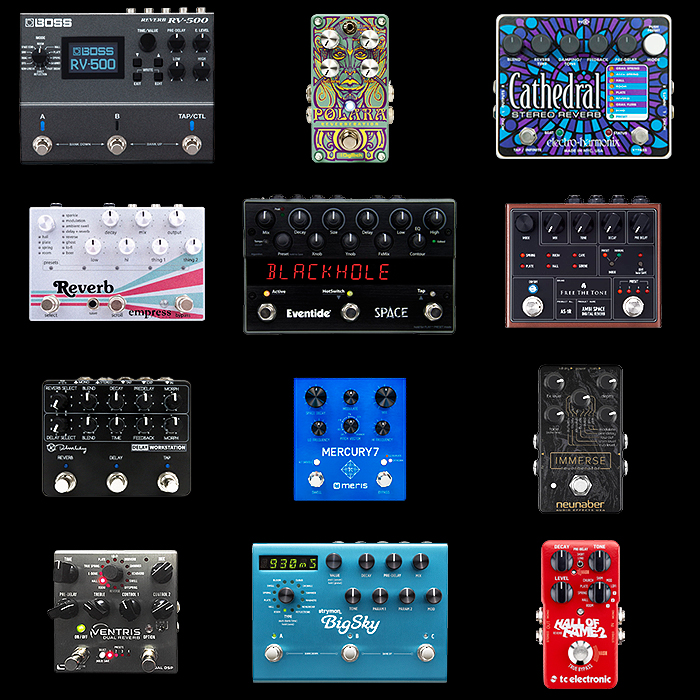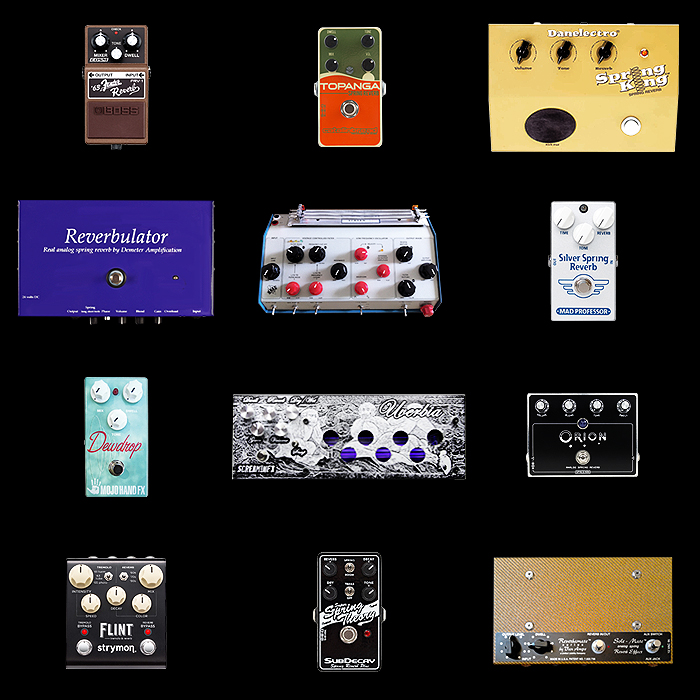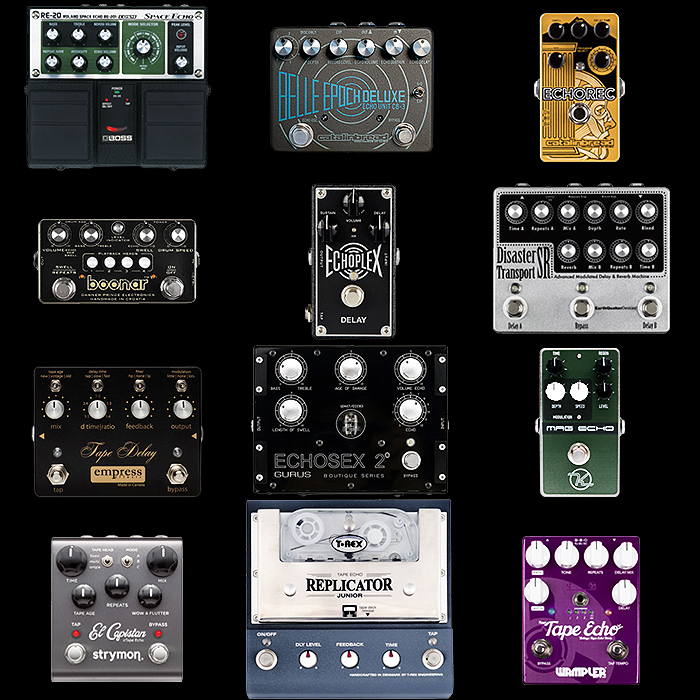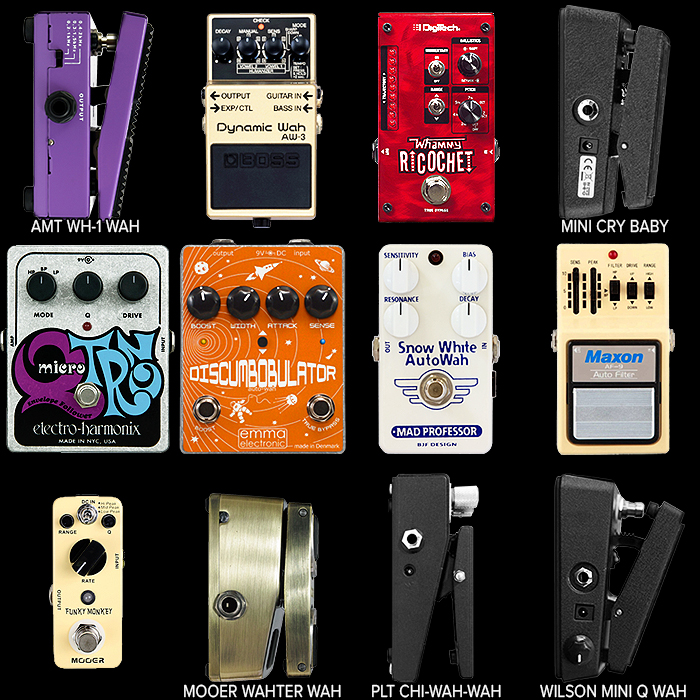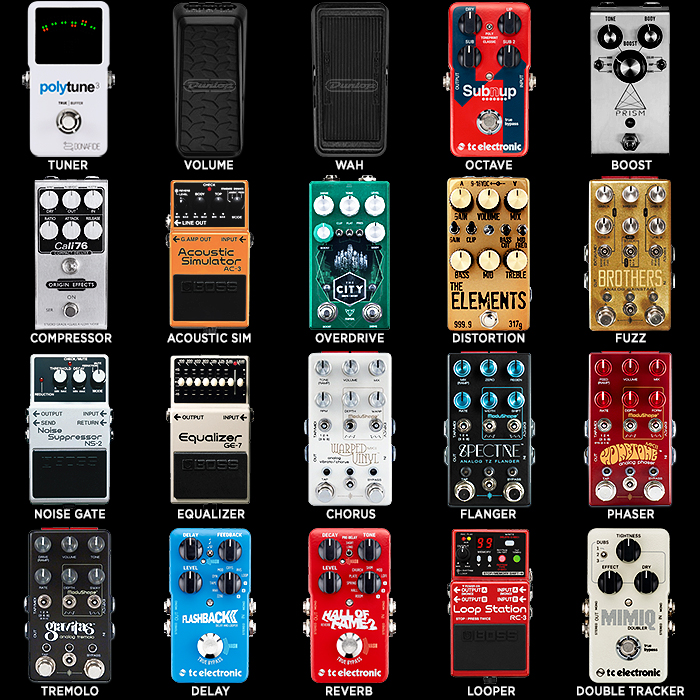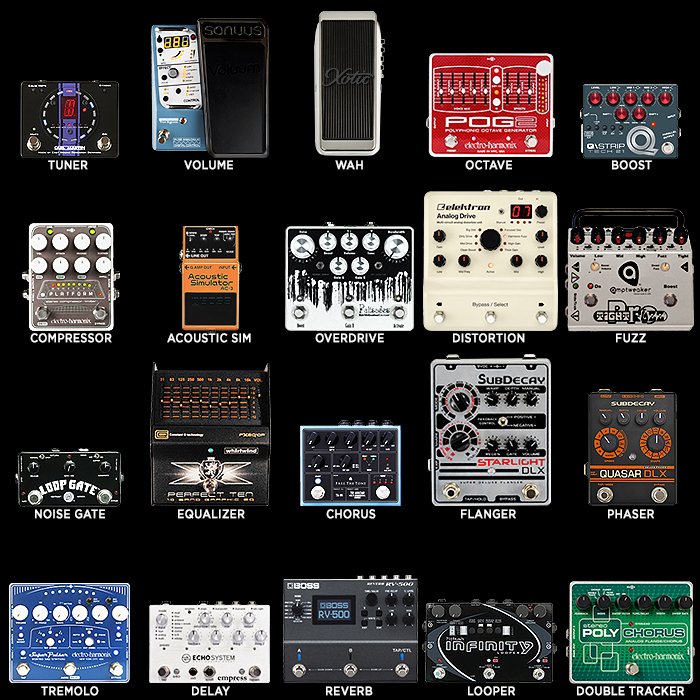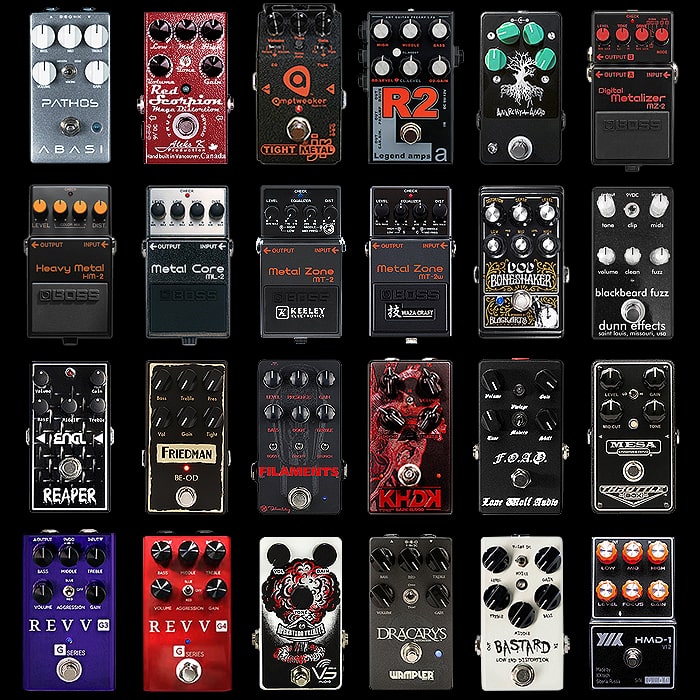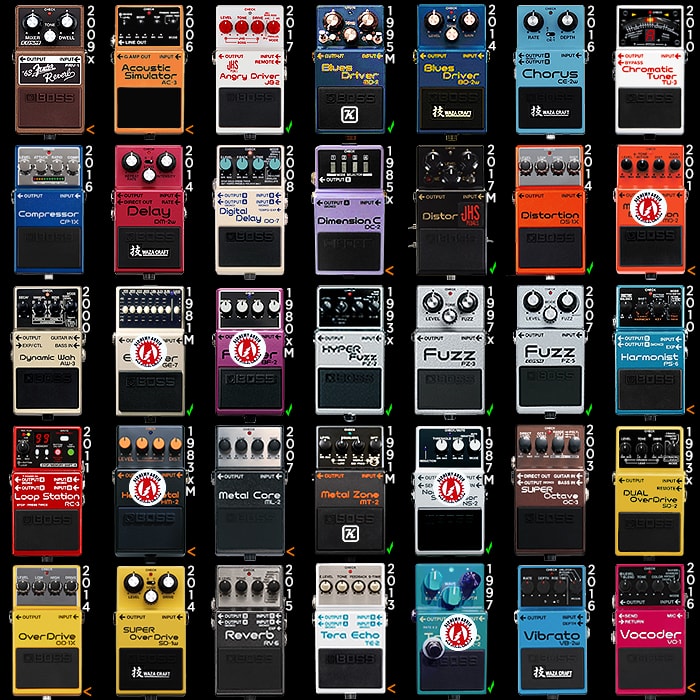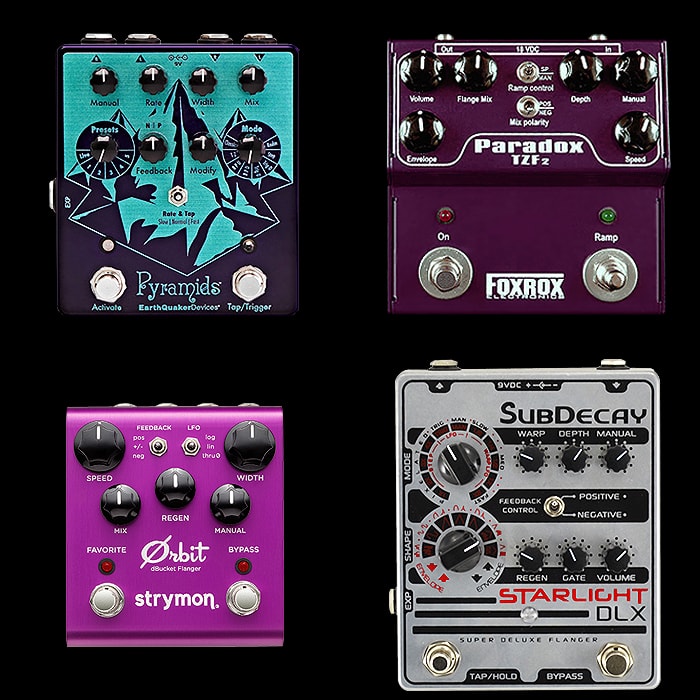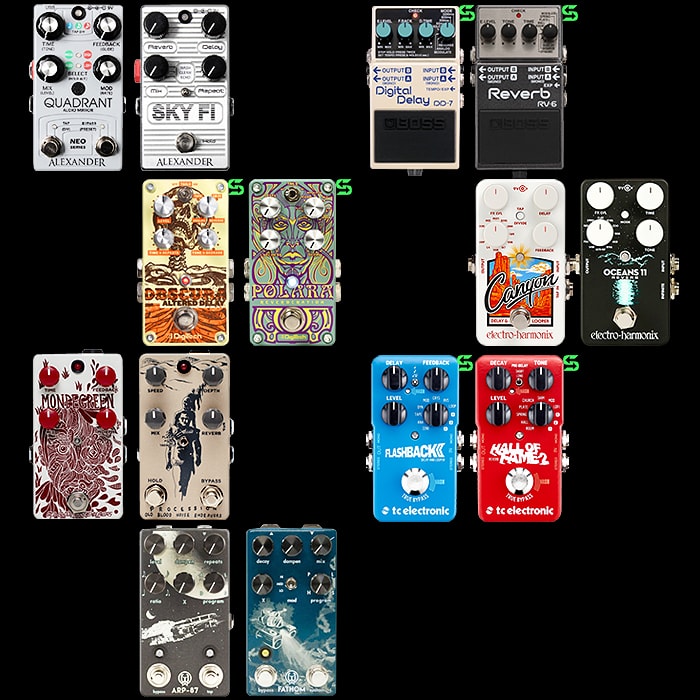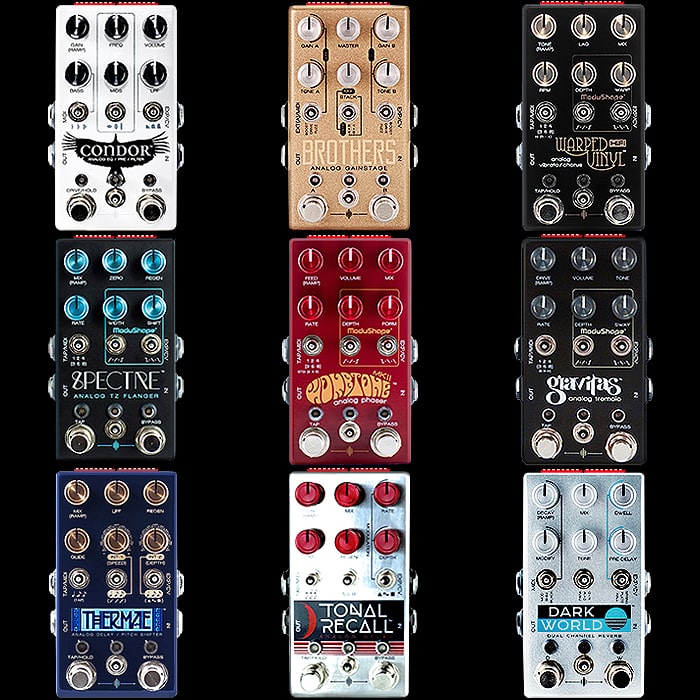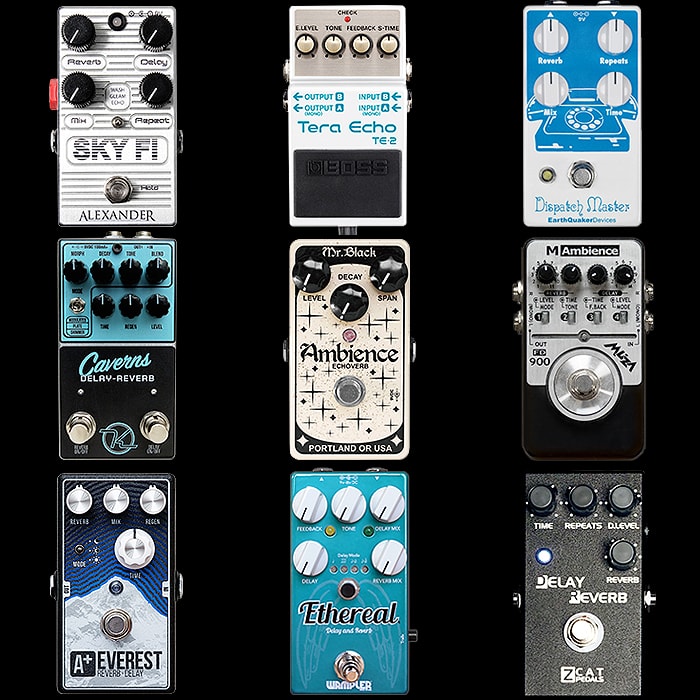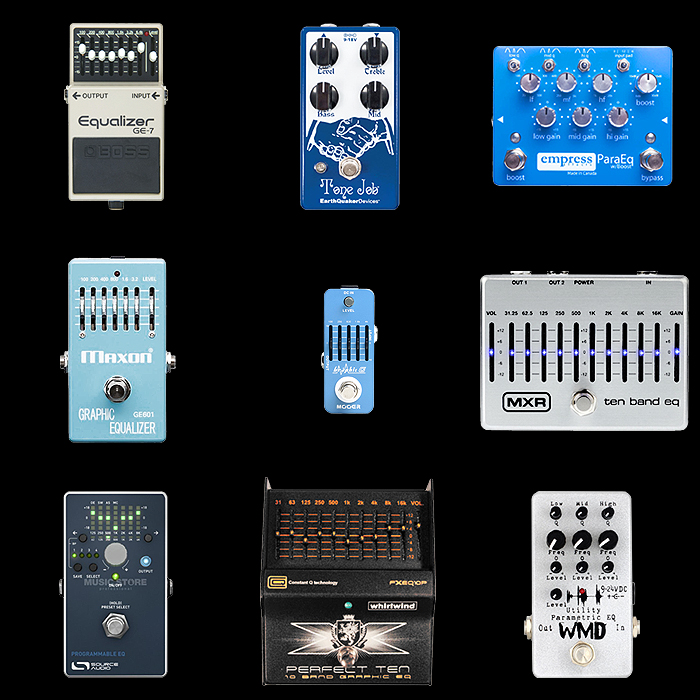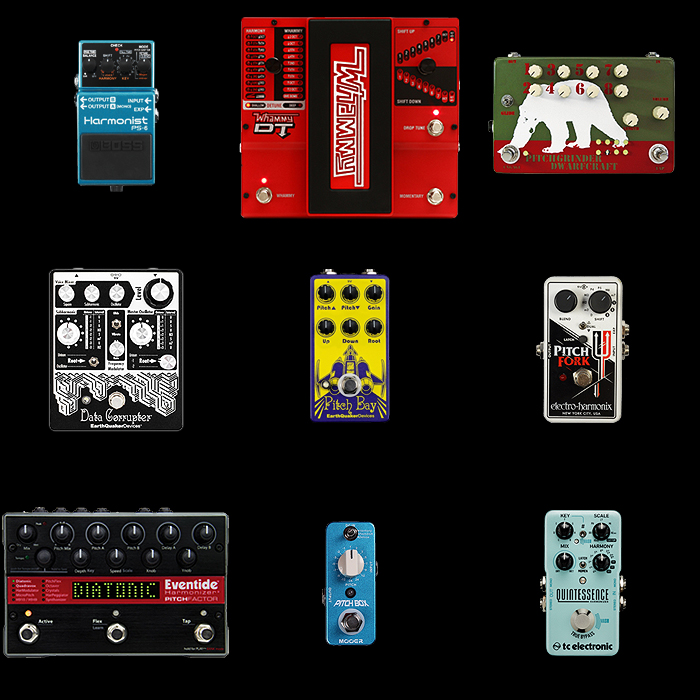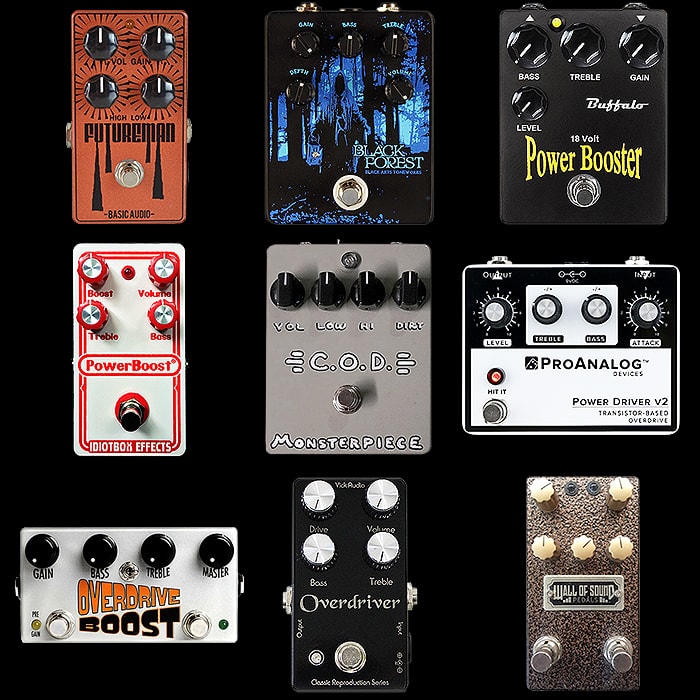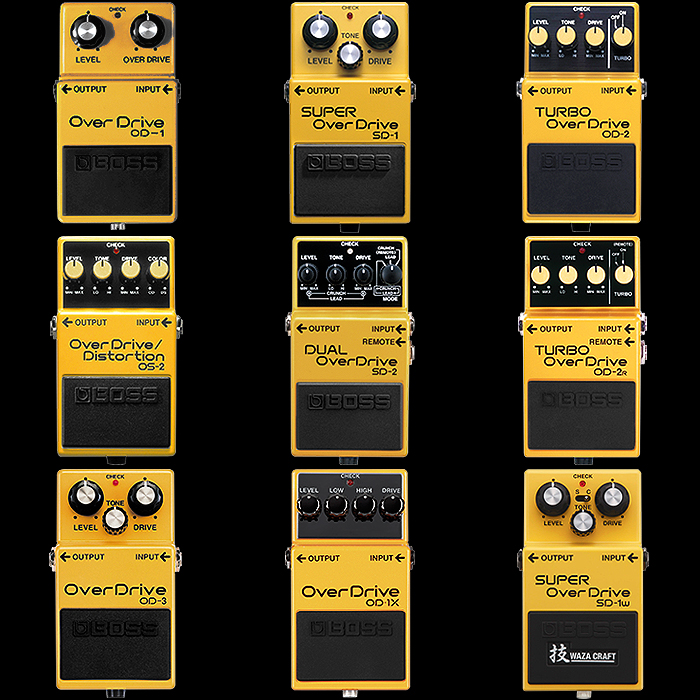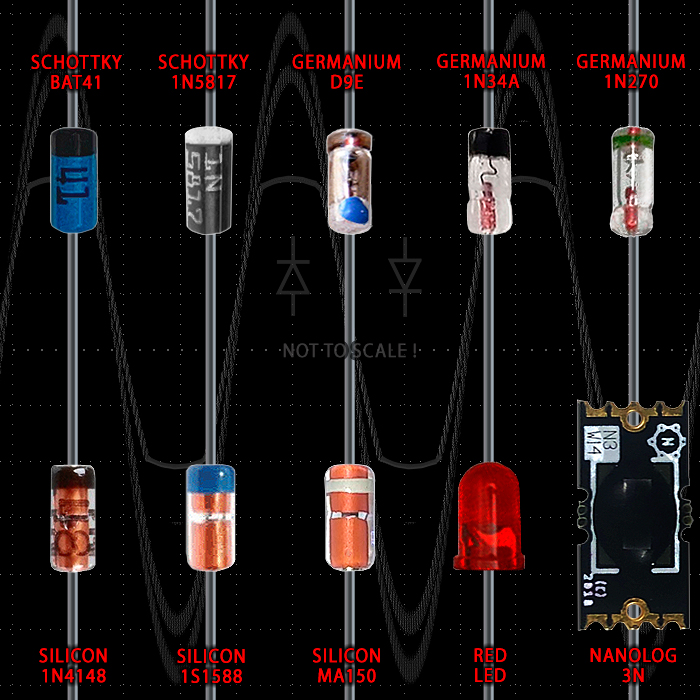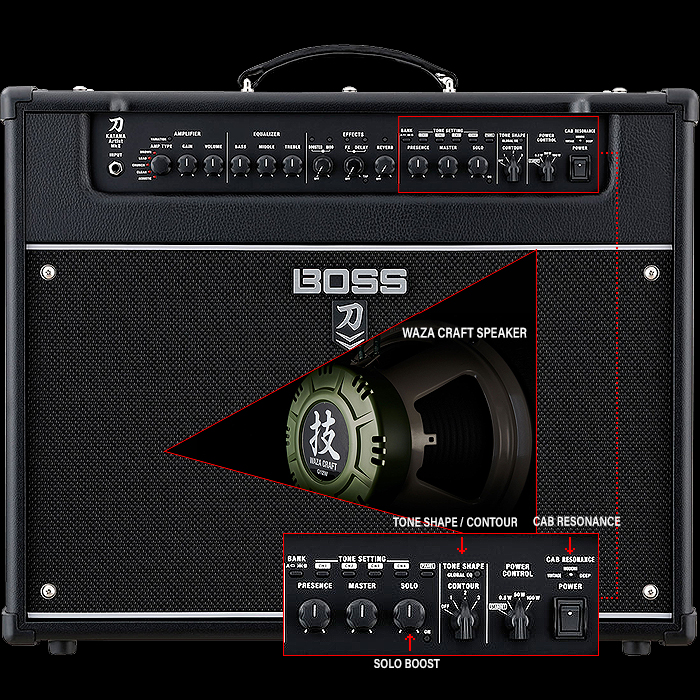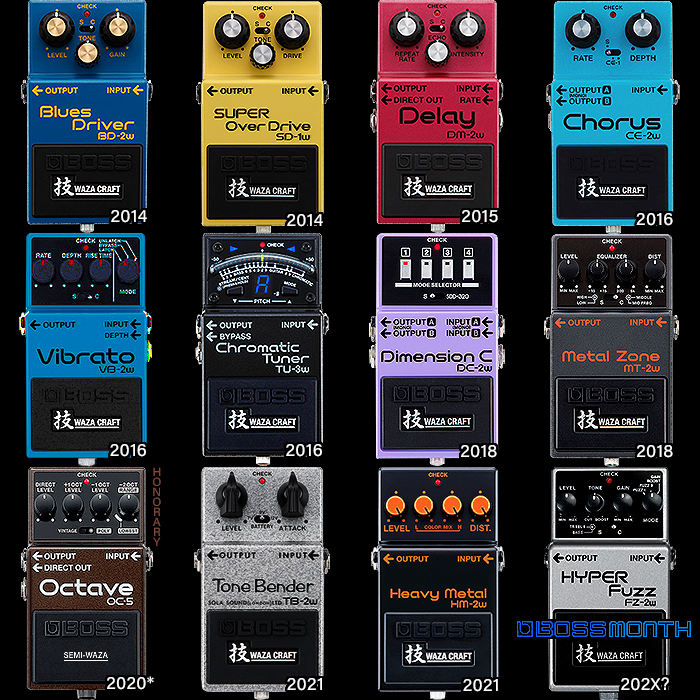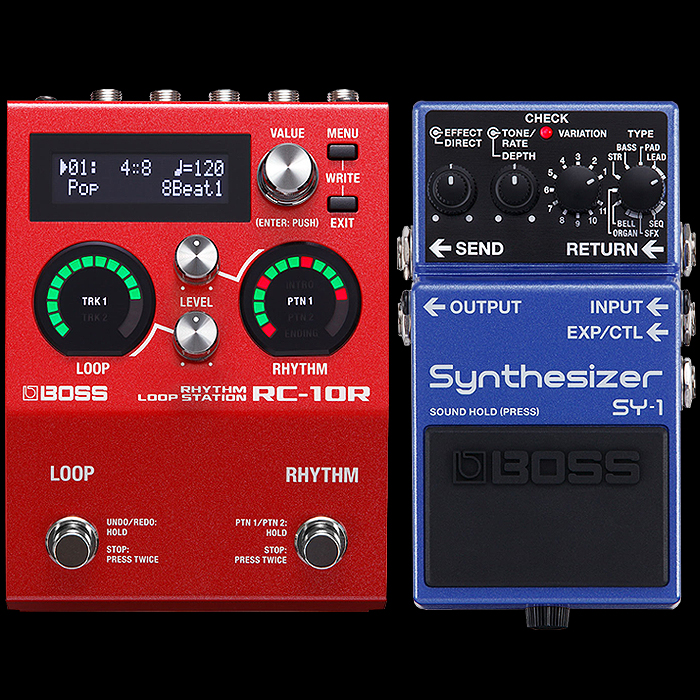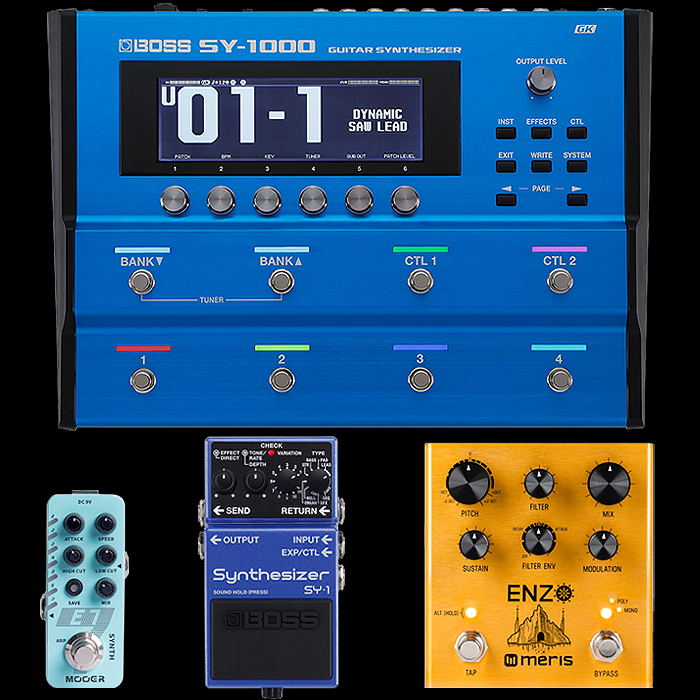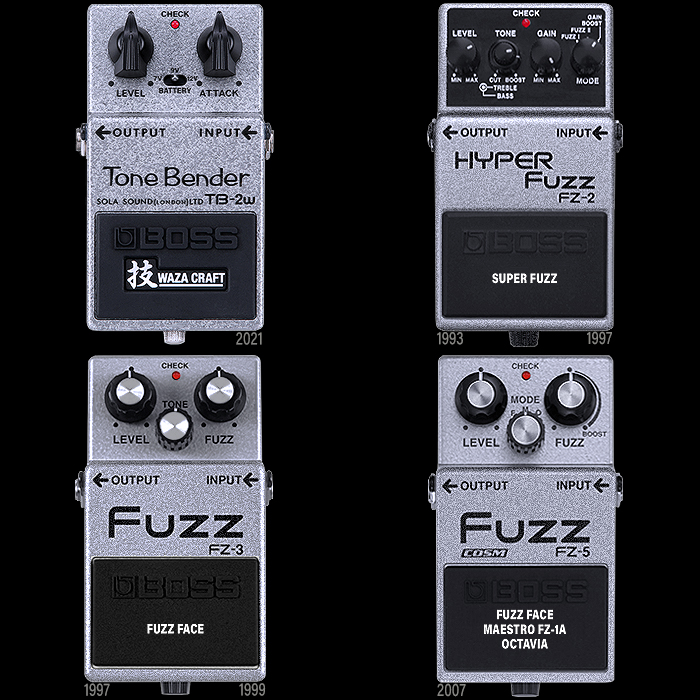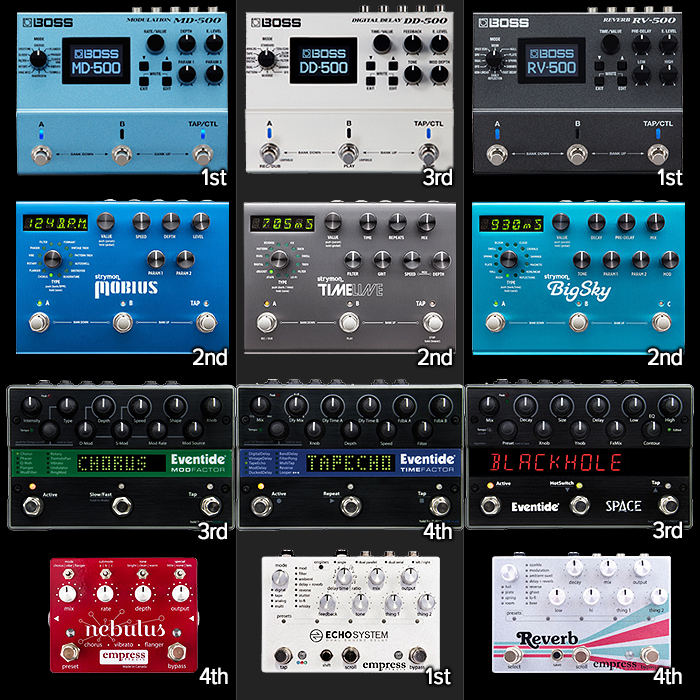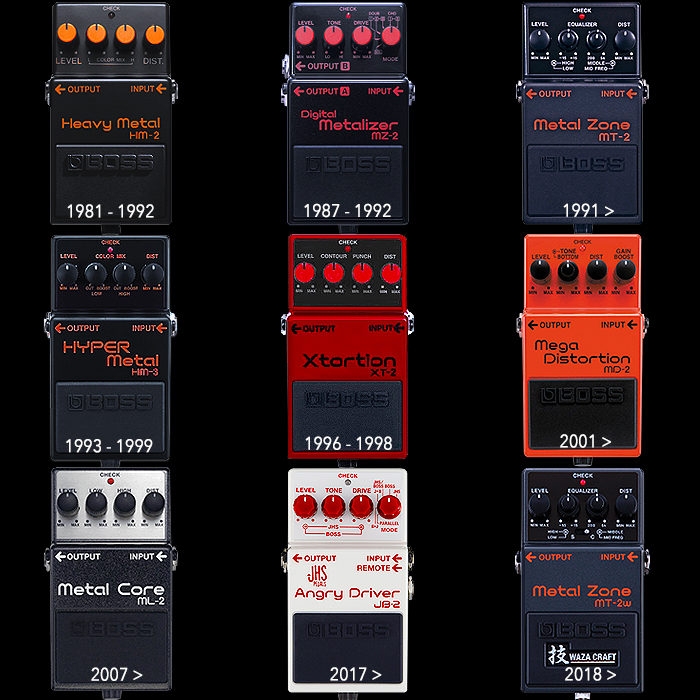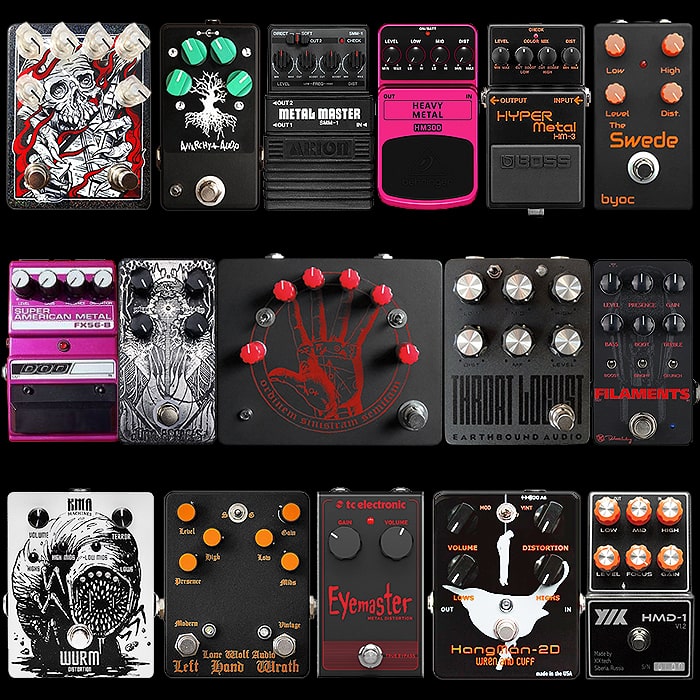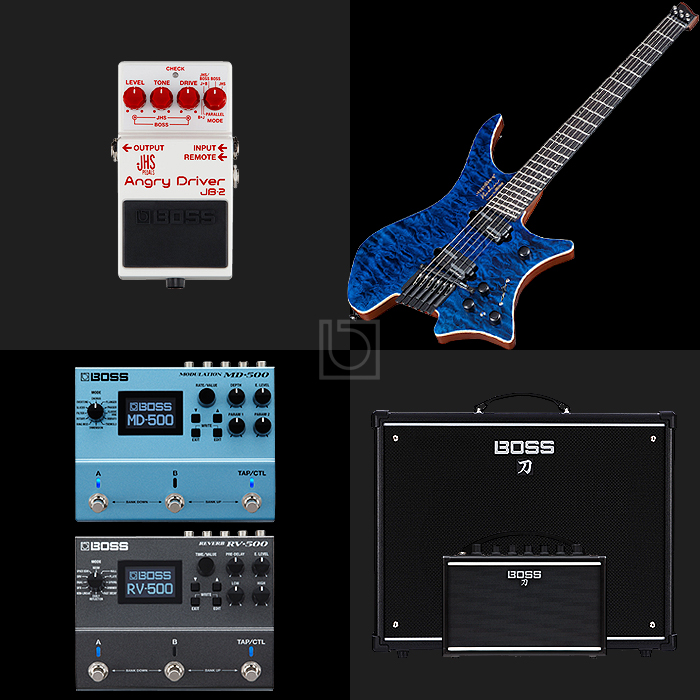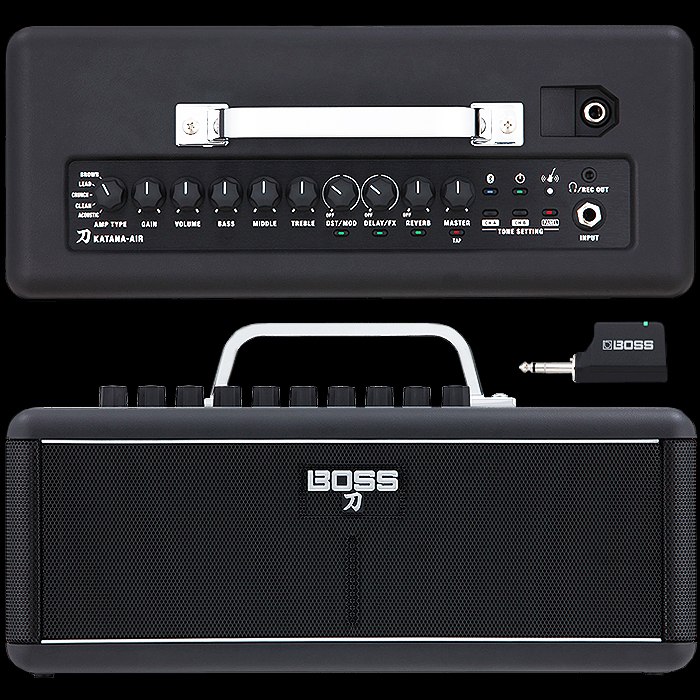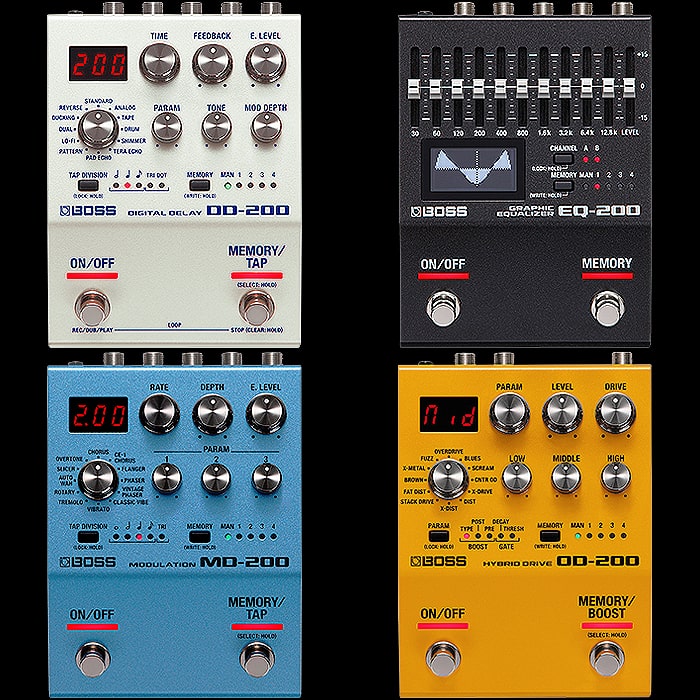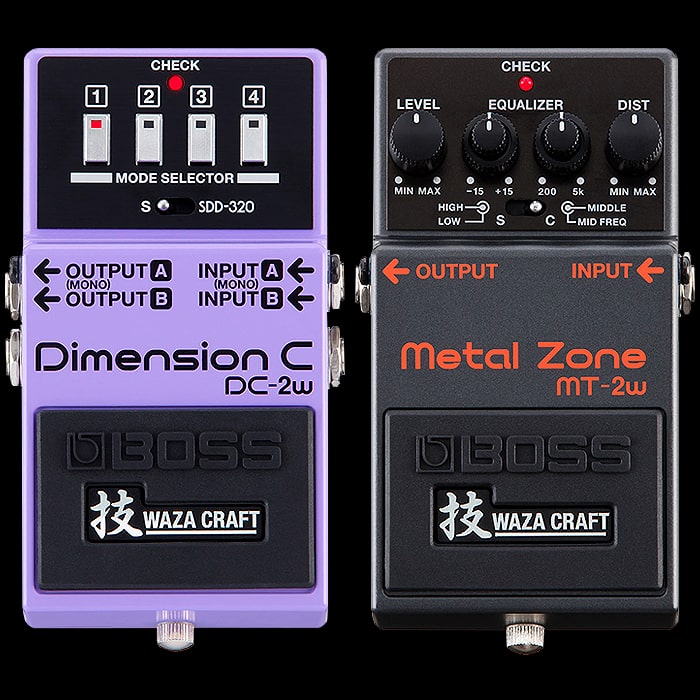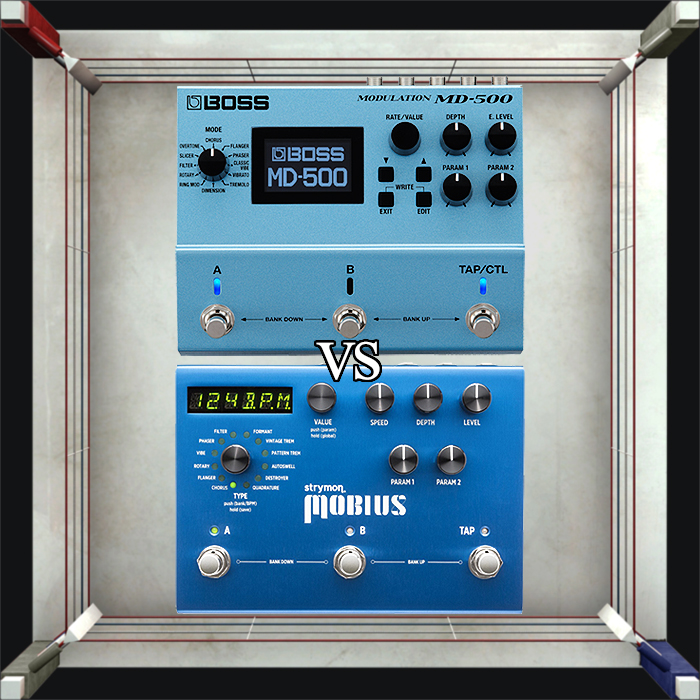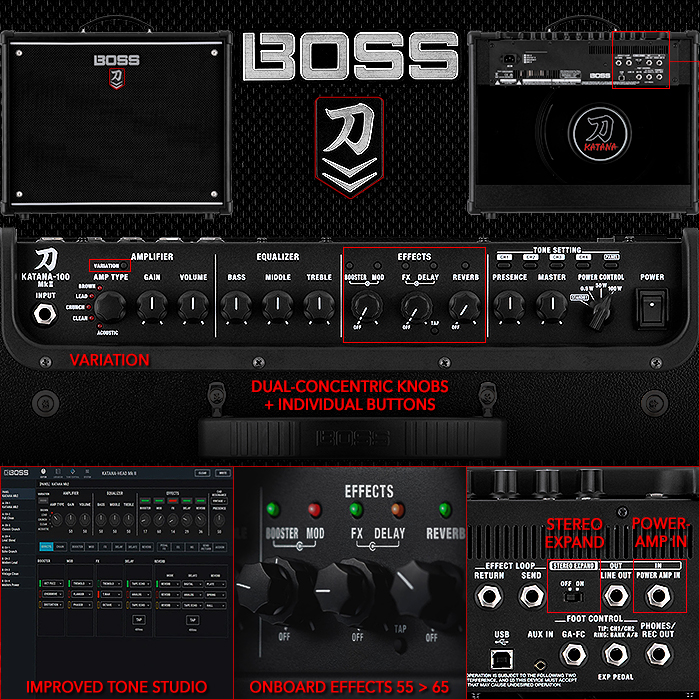Where to Next for Boss's Compact Format Pedals?
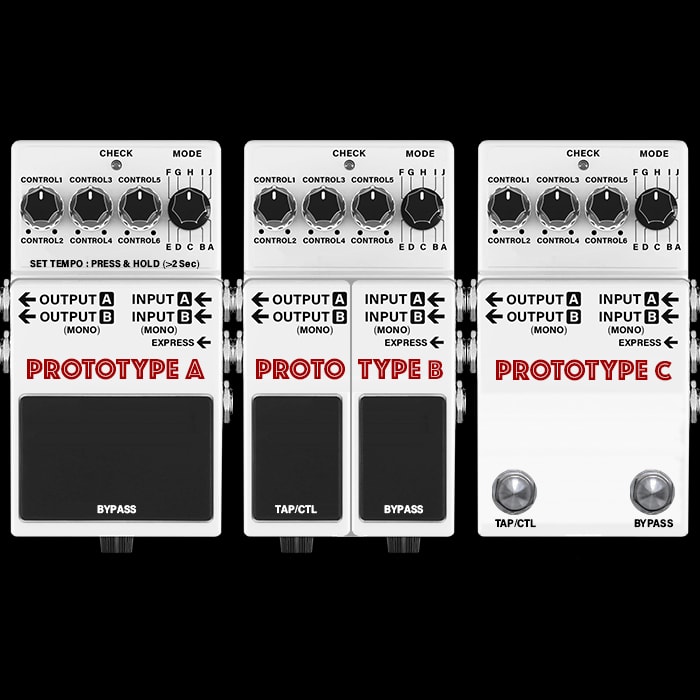
Last year was the 40th anniversary of the pioneering Boss Compact Format Pedal - which has delivered so many classic effects to date. I’m a huge fan of Boss pedals generally, and currently have 15 in the collection and many more on my wishlist. However, and as I have indicated before - the older latch-plate style enclosure has long since started to look somewhat old-fashioned and out-of-date. Moreover, the prevailing current trend is for dual-footswitch pedals - whether it be for a boost or tap-tempo style function or other forms of secondary control.
Boss has used a number of clever tricks in the past to get the maximum functionality out of the older style format - including tap-tempo activated by a long press on the pedal - as is the case with its various delay pedals and the PH-3 Phase Shifter for instance.
Yet, as driven by pedal-makers like Alexander Pedals, Chase Bliss Audio, Foxpedal, JHS and Walrus Audio - the dual footswitch trend is not only here to stay, but is growing. More contemporary pedals tend to have more dials and option switches / toggles than typically employed by Boss, so something needs to be done here for Boss to maintain competitiveness.
The forthcoming Art Van Delay pedal from Bondi Effects was the catalyst for this particular article - as I immediately thought of Boss when I first saw it - although not identical in proportions as such - it does have the same sort of stepped look as the classic Boss Compact pedal.
So I started thinking how can Boss maintain it’s Brand Cachet / Brand Identity while at the same time keeping up with contemporary format innovations. So I took the most recent Compact pedal as the starting point - the Boss JB-2 Angry Driver, which I in fact have and love - even though that pedal has been relatively recently displaced by the Keeley Freak Fuzz modified version of the Blues Driver - it nonetheless provides an excellent starting template - with its 3 dual-concentric control dials plus mode dial - allowing you to modify at least 7 different parameters to a significant degree.
Prototype A
In Prototype A I have combined the lower half of the DD7 pedal - which has 3 inputs and 2 outputs - with the aforementioned Angry Driver control topology, although I have added a few more Mode options - taking that selector up to a maximum potential value of 10!
So Prototype A is basically using the most comprehensive of existing Boss technology - all jammed into the same single pedal - for maximum old-style versatility.
Note also that is utilises the Press & Hold function for tap-tempo, which could of course also be used to trigger another secondary function if required. Although Quick Press / Slow Press is no competition really for two independent switches which can do that in triplicate with combinations.
Prototype B
Here I've updated the footswitch part of the pedal to introduce a second footswtich - by putting in place dual latched plates - which involves a few additional washers, and a second retaining screw as the battery cavity cover plate or step area is now split in half. Mechanically this is exactly the same, and should be similarly robust as we are using the same top bar pivot, just with two plates affixed to that now, and two retaining screws at the front end of the pedal.
This allows you to have a separate left-hand tap-tempo, and even use the two footswitches in simultaneous combination - for preset purposes, or to engage a third function.
All the while we are retaining the same sort of look-and-feel of the previous pedals in the range and persevering with the latched-plate style of footswitches. Engineering-wise this should present the least amount of challenges in re-tooling as such, although it does present a problem in printing the Pedal name and legends - as there is now a divider / gap mid-way which needs to be accounted for.
Prototype C
Here we are starting to loose some of the classic Boss brand identifiers, as the latched plate is now gone, to be replaced by more contemporary dual post-style footswitches. I have of course substituted in here TheGigRig's industry-leading optical footswitches or OptoKick switches as they are known - there is no reason to think that Boss could not licence these, or make similar ones itself.
Engineering-wise this presents a challenge of what to do with the battery compartment - which without the latched-plate cannot function in the same way - the new footswitches would preclude that the pedal accommodated the battery in the same way. So Boss can look towards how other contemporary pedal makers like Stone Deaf and Fender even have solved that problem with magnetic covers or sliding panels or a drawer mechanism as such. In any case there are lots of potential solutions to an easy-opening battery compartment besides the one that Boss has traditionally had.
I feel that Option B maintains Boss's brand identity more faithfully, while Option C brings Boss more in line with its contemporary peers - both avenues will have challenges, while both should be eminently viable too.
Bondi Effects Art Van Delay
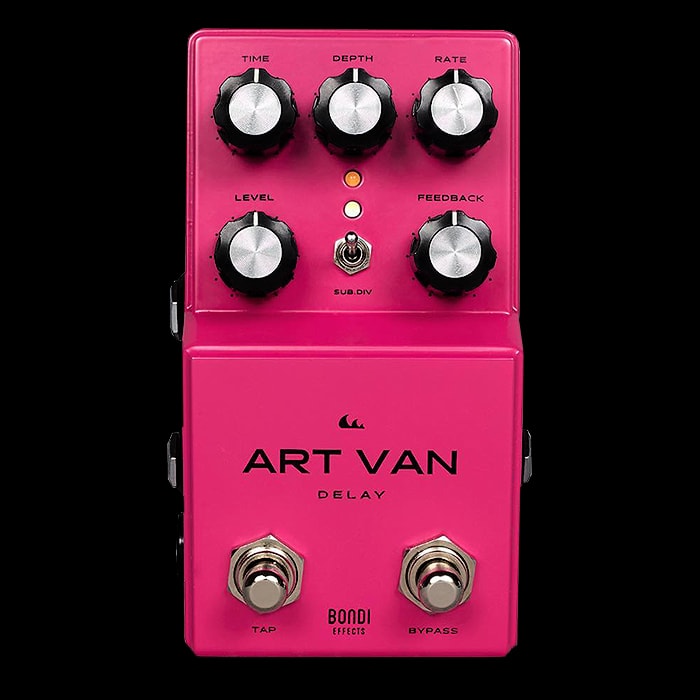
This is the forthcoming pedal that sort of triggered this article (note to Seinfeld fans) - I immediately thought 'Boss-style pedal but improved' when I saw it! If you compare this new delay with Boss's DM-2W - for which it will be a direct competitor. The Art Van Delay pedal gives you quite a bit more utility and versatility - and probably won't be that much more expensive than the Waza Craft pedal it will be competing with. In fact I would have thought both Boss and MXR (Carbon Copy) should be worried that Bondi Effect will steal away a number of their potential customers.
Final Thoughts
I have thought for a while that Boss had already started to look a little old-fashioned in its compact pedal stakes. Beyond its use of dual-concentric dials, there is not much on the pedal chassis and control-topology engineering-side that competes with a lot of the newer pedals coming through the ranks.
I believe there are a large number of players out there that don't like those Boss pedals because of their now slightly antiquated look and function, and that Boss could be quite a lot more appealing if it updated its core pedal format a touch.
All these things bring with them challenges and pitfalls, and there will be many fans out there who still love the older-style enclosures - meaning you run the risk of offending someone whichever route you take. However, and from a purely practical and functional basis - Boss's current enclosure is limiting their speed of innovation. Boss has always been known for innovation, but is in many ways now playing catch-up.
It's 500 range is Boss playing catch-up with Strymon, where much of that market is now onto the next phase, where customers are rather going to brands like Empress and Source Audio - who make even more compact workstations in an even more innovative vein.
However good the Boss JB-2 Angry Driver is (it is!), it's really not that innovative, as it simply largely uses exactly the same chassis and controls as the earlier 1993 SD-2 Dual Overdrive pedal. Its only visual innovation is in the use of JHS-style dials - which I actually prefer for this format, and have used those in my above visuals. I also feel that the JB-2 could have been even better with twin footswitches - allowing you to switch between individual and dual modes - which you really cannot do usefully in the current incarnation.
In any case I think Boss has to move with the times and get ahead of the chasing pack again - as it is currently rather playing catch-up than leading the pack like it used to do ...







